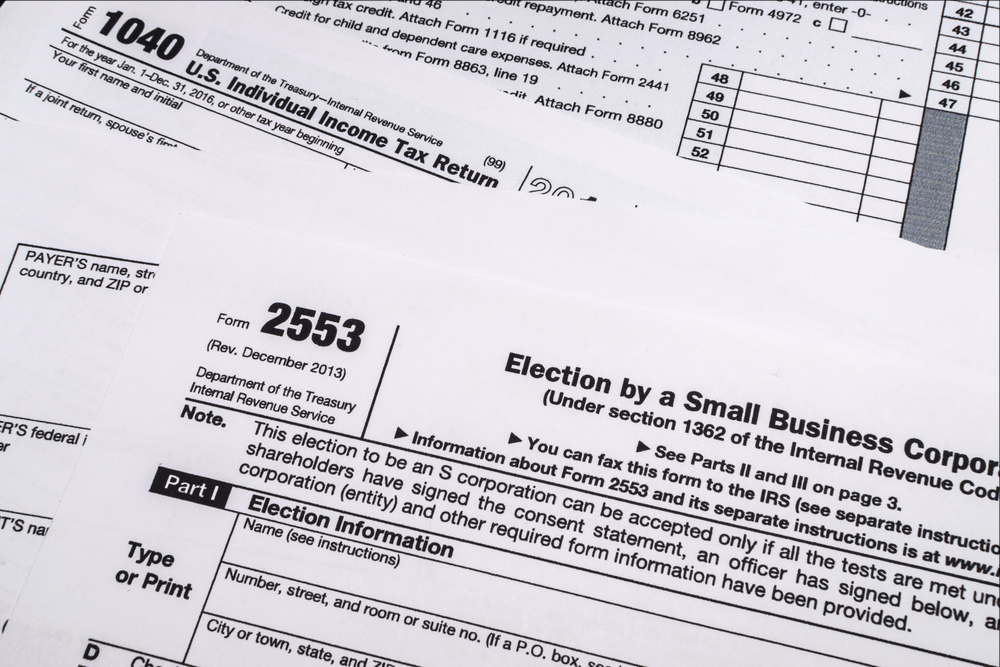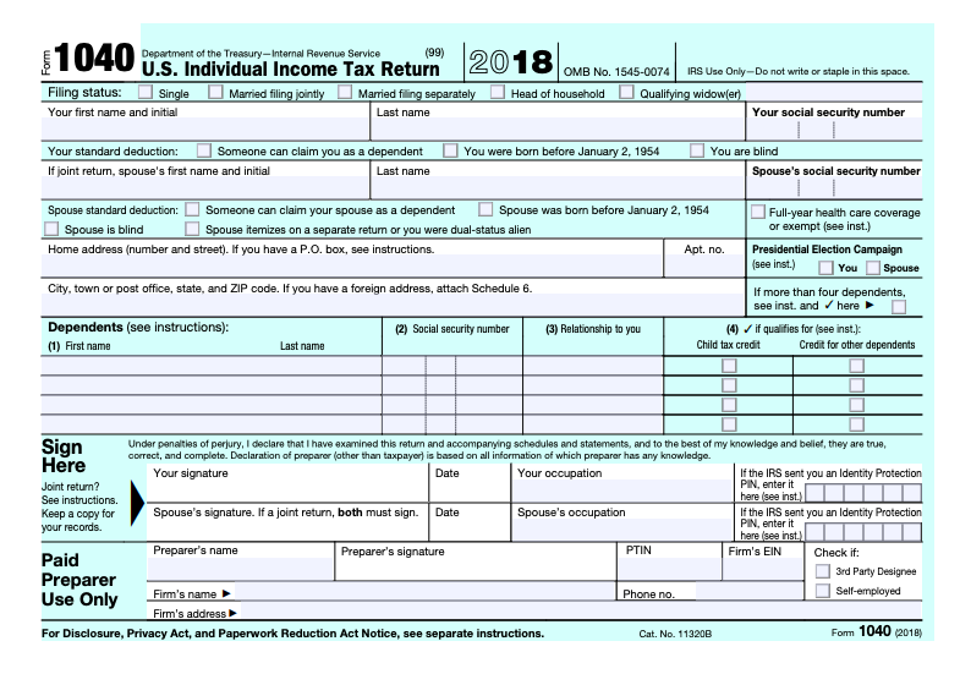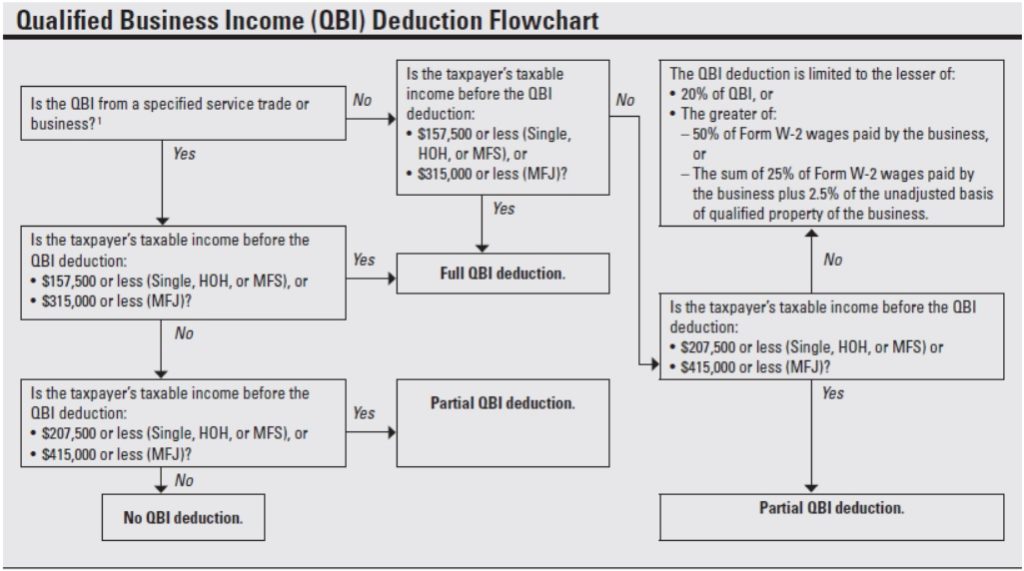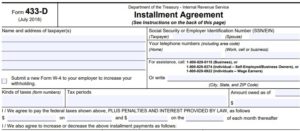The Real Estate Brokers Little Black Tax Book

As a broker, your primary job is marketing. Marketing yourself, your services, your client’s properties… you get the idea. Once the marketing is done, you then move on to the sales side of the house. You know, getting the clients to fall in love with the property, dealing with objections, bringing them back to reality, and ultimately getting the parties to sign a contact. Once those two things happen, you then move on to the technical part of your job. That is, the actual part of dealing with the real estate transaction itself and wrangling all the other parties that become involved.
Yet what was not obvious in the three roles mentioned above is this: you are also actually running a business. Furthermore, running a business is not what your pre-licensing class trained you to do. Still further, you were not trained on taxes and how they impact your business or your client’s scenario. To that end, it is your accountant’s job to help you understand and navigate these items. So, if you are going to select a partner to help you in this area, would it not make sense to find one who is experienced? Given the above, that is where this book and I enter the picture!
My goal for writing this book is three-fold. First, I want to help you understand how taxes impact you both from the standpoint of being a business owner as well as from the perspective of reducing them. It is important for all taxpayers to understand their responsibilities, the associated rules, and what can be done within those rules to legally reduce their tax liability. Second, like CPAs and other tax professionals, brokers are advisors to their clients. The better equipped you are to help your client as it relates to certain tax aspects of their transaction, the more efficiently you can address problems and close deals. Besides who does not like to close more deals? No broker that I am aware of!
Finally, tax problems are commonplace with those who earn money where no income tax withholding occurs. Think of anyone who is paid via cash (or check) or as an independent contractor (i.e. self-employed): dentists, brokers, attorneys, truck drivers, construction contractors, etc. I have known a fair number of brokers who have tax problems. As a CPA authorized to represent taxpayers before the Internal Revenue Service (IRS), I help them solve those issues. Not only do I assist them in resolving their issues, but also those of their clients so that deals can close. The key thing to know is that no matter how bad it initially seems, I have never been unable to help a client solve their tax debt matter.
Check out the video below to hear more and look below the video on ways that you can place an order.
You can also view this video on our YouTube Channel here.
How To Order Your Copy
Order directly from our office. You can order via credit card by clicking the “Buy Now” button below. If you select the “autographed with my custom message” option, you will be contacted post order to obtain your message. Please note that payment processing is performed via PayPal and if you do not have an account, you can simply select the option to pay with credit or debit card at the bottom. All orders processed via this method include Illinois sales tax as well as priority shipping via USPS.
Don’t have a credit card or simply want to pay via check? Then please complete this TREBLBTB Order Form and return it to our office.
Order via Amazon. If you do not want an autographed copy, or do not want to order via our office, you can order your copy via Amazon. Simply visit the author page for Jared R. Rogers, CPA and complete your order that way. You will have the choice of ordering either the paperback or Kindle edition.








